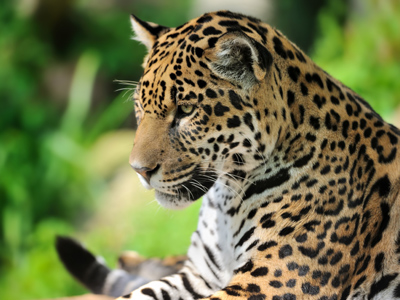

Wildlife Corridors
This Geography quiz is called 'Wildlife Corridors' and it has been written by teachers to help you if you are studying the subject at middle school. Playing educational quizzes is a fabulous way to learn if you are in the 6th, 7th or 8th grade - aged 11 to 14.
It costs only $19.50 per month to play this quiz and over 3,500 others that help you with your school work. You can subscribe on the page at Join Us
This quiz examines some of the ways we can give animals safe passage through the landscape and around our developments. It also looks at how some of our activities are an obstruction to them. Nature reserves and wildlife areas may be allowing individuals to live and survive, but without being able to move safely from one area to another the genetic diversity of a group is extremely restricted. Wildlife corridors allow the safe passage of animals between reserves and protected areas.
Ready for more?
not all...
quizzers. Try to win a coveted spot on our Hall of Fame Page.






